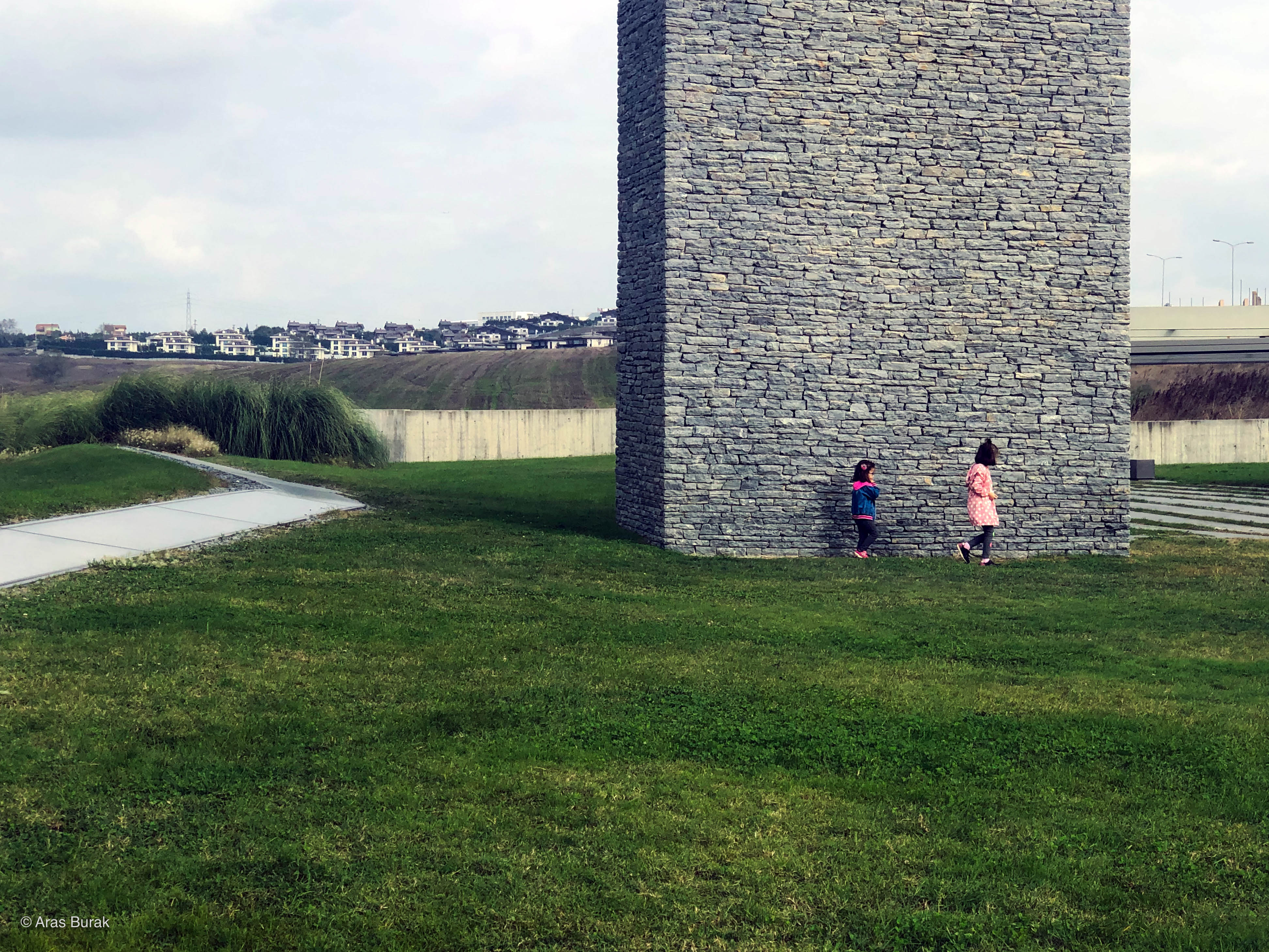Sancaklar Mosque
An architect friend of mine was visiting Istanbul last month and asked me if it is easy to get a taxi from Taksim to Sancaklar Mosque. It takes about 100km to reach Sancaklar Mosque from Taksim – meaning it would cost a fortune for my friend to go there on his own. Since I was also curious to see the building, we have organized a minibus tour to the Sancaklar Mosque in the weekend.
Most of the trip towards the eastern end of Istanbul takes place on a highway. When you have Italians with you, it is quite embarrassing to see Venezia Mega Outlet, Emaar Toscana (Toskana as they prefer to write) development on your way. An architect friend of mine was visiting Istanbul last month and asked me if it is easy to get a taxi from Taksim to Sancaklar Mosque. It takes about 100km to reach Sancaklar Mosque from Taksim – meaning it would cost a fortune for my friend to go there on his own. Since I was also curious to see the building, we have organized a minibus tour to the Sancaklar Mosque in the weekend.
Most of the trip towards the eastern end of Istanbul takes place on a highway. When you have Italians with you, it is quite embarrassing to see Venezia Mega Outlet, Emaar Toscana (Toskana as they prefer to write) development on your way.
Despite its out of context name, Emaar Toscana – located right in front of Sancaklar Mosque – is built on a beautiful landscape similar to Toscana. So one can argue it is a contextual name. Sancaklar Mosque is also part of this beautiful landscape of smooth hills full of grass. Which I am pretty sure will soon be construction sites of new developments.
There is two critical roles of Sancaklar Mosque. First, is its beauty and spatial qualities as one magnificent building. It is a beautiful space to pray inside and feel serenity. Second is its meaning within the history of mosque architecture. It is revolutionary to think of a different type of mosque, not only in Turkey but also in the Muslim world. Emre Arolat found the right client and right context to challenge mosque typology and succeeded. I can’t think of any other setting such an approach could take place other than 100km away from the city center.
Its location, its design seems humble and quiet, meeting its first role, yet the building is revolutionary, has a very loud voice in terms of the other role it is taking.
Some found the building too democratic, too free, you can walk, climb, lie on almost anywhere in the building. I found this the right approach for the mosque. Because mosques are not holy places, they are not “house of God” like how churches are. For Muslims, Makkah / Kaaba is the only holy place, and the rest of the earth anywhere can be converted to be praying as long as you face the right direction. Therefore there is no need for formality, the modesty and cleanness are the qualities desired for prayer, and here you get them both.
The mosque typology is challenged, and the architect succeeded; however, this building is on the outskirts of the city within nature. We still need to have more interesting, exciting mosque typologies for the urban areas.
-
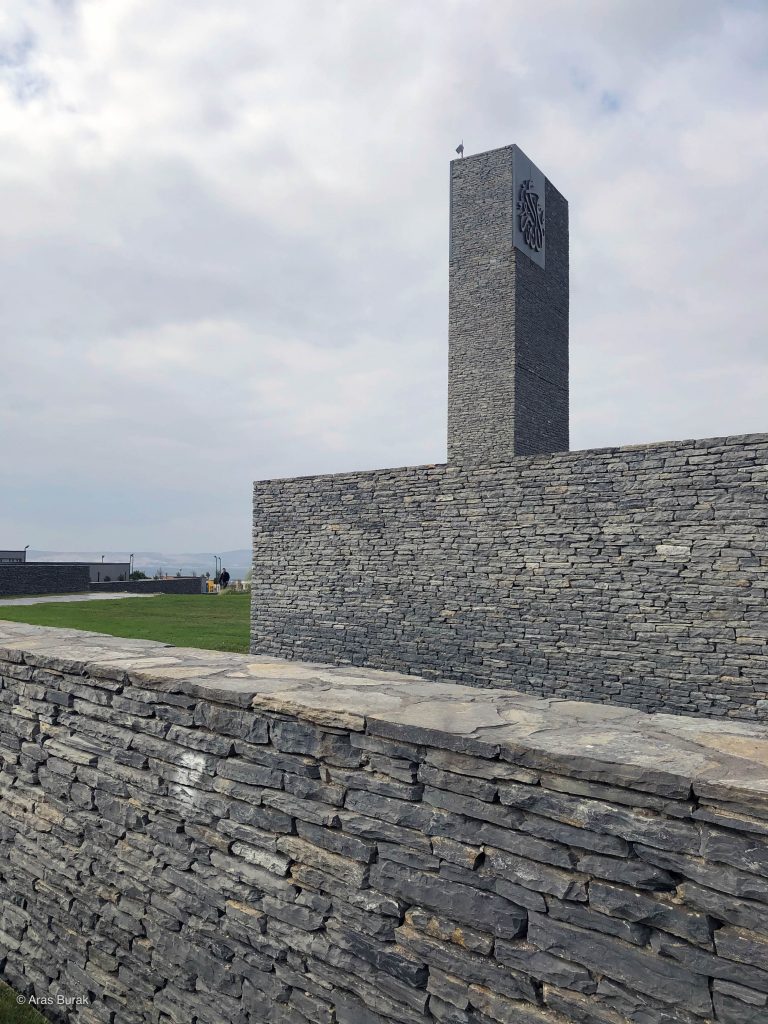
Arrival -
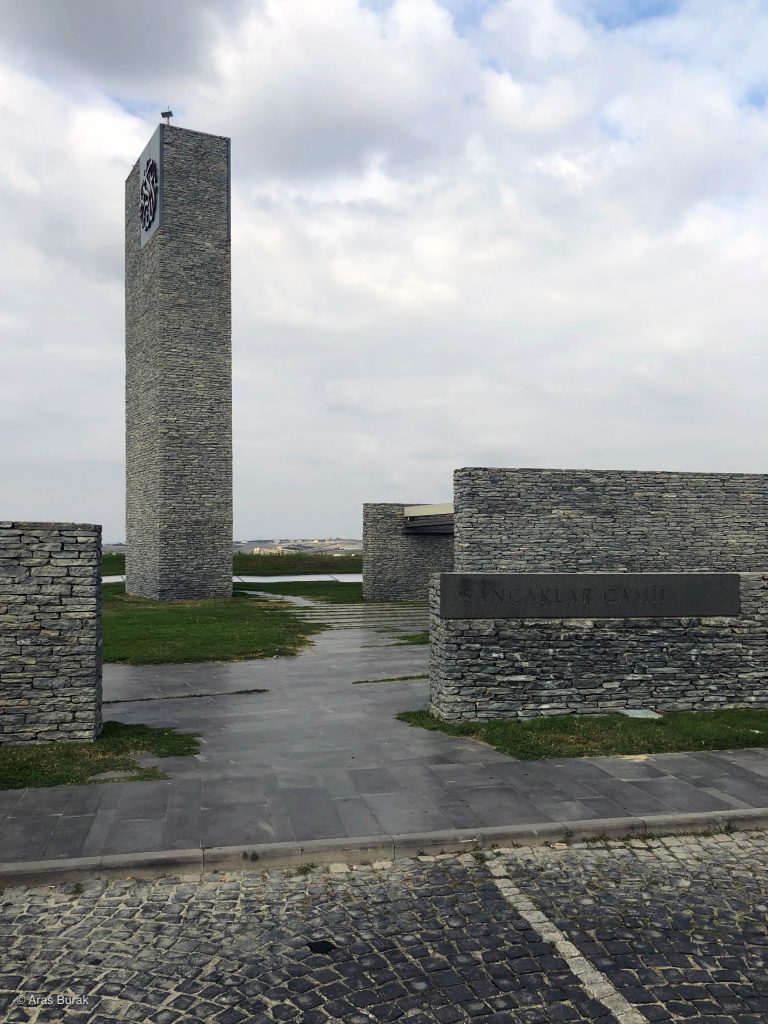
Entrance -
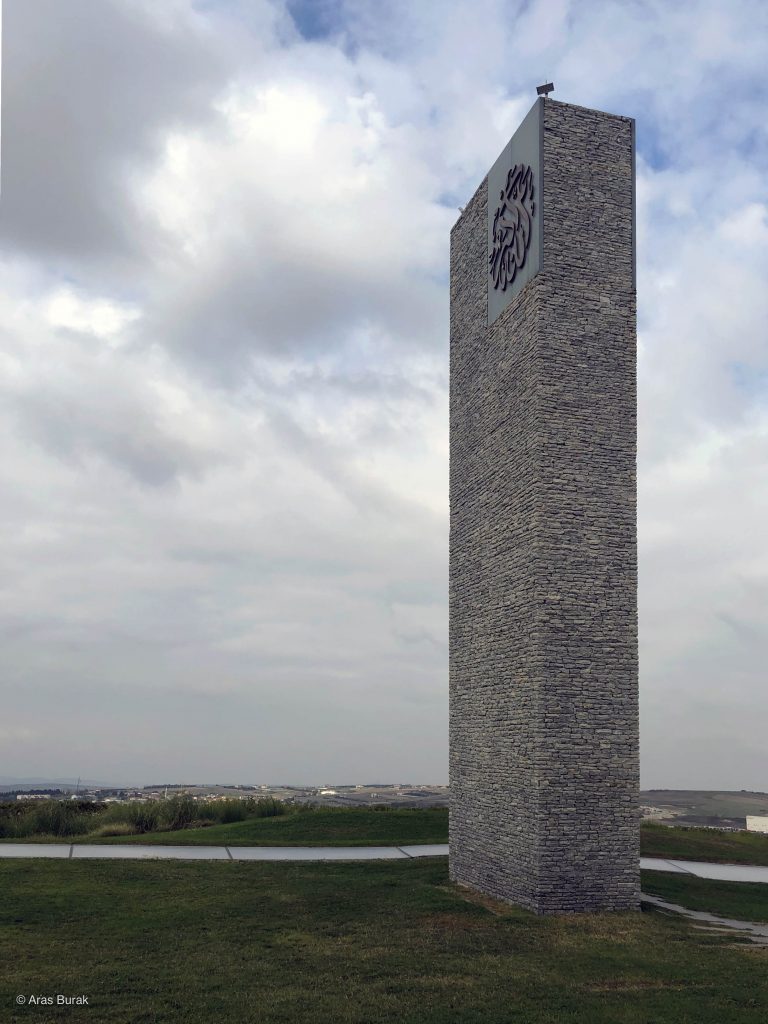
Minaret -
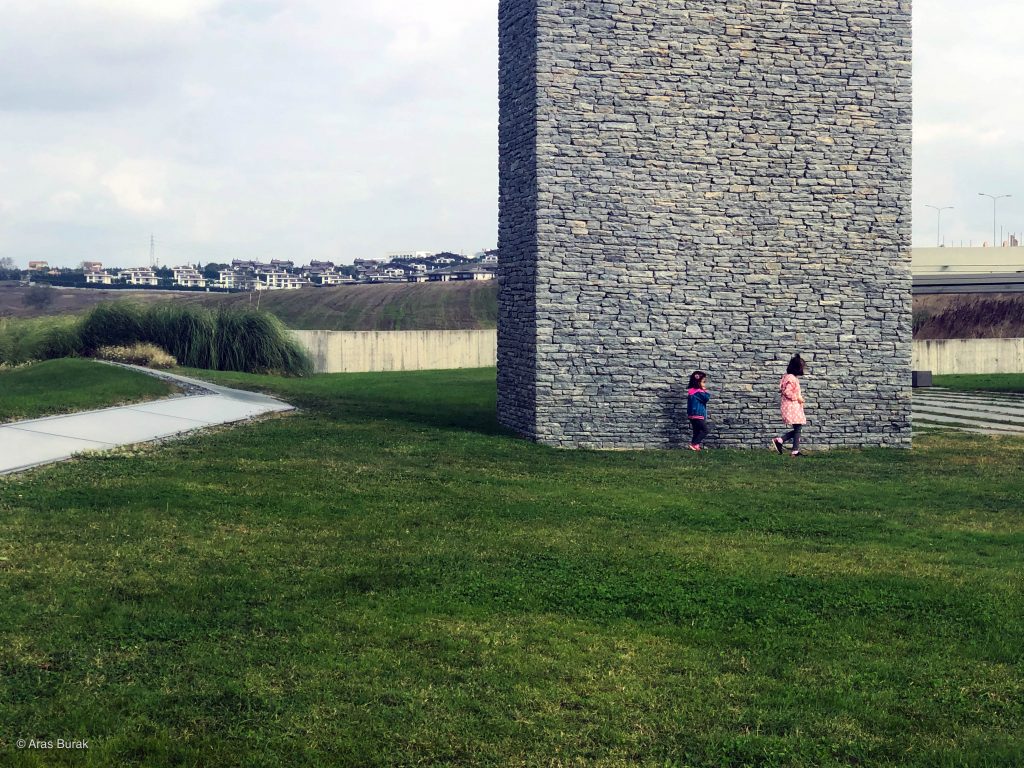
Scale of the minaret -
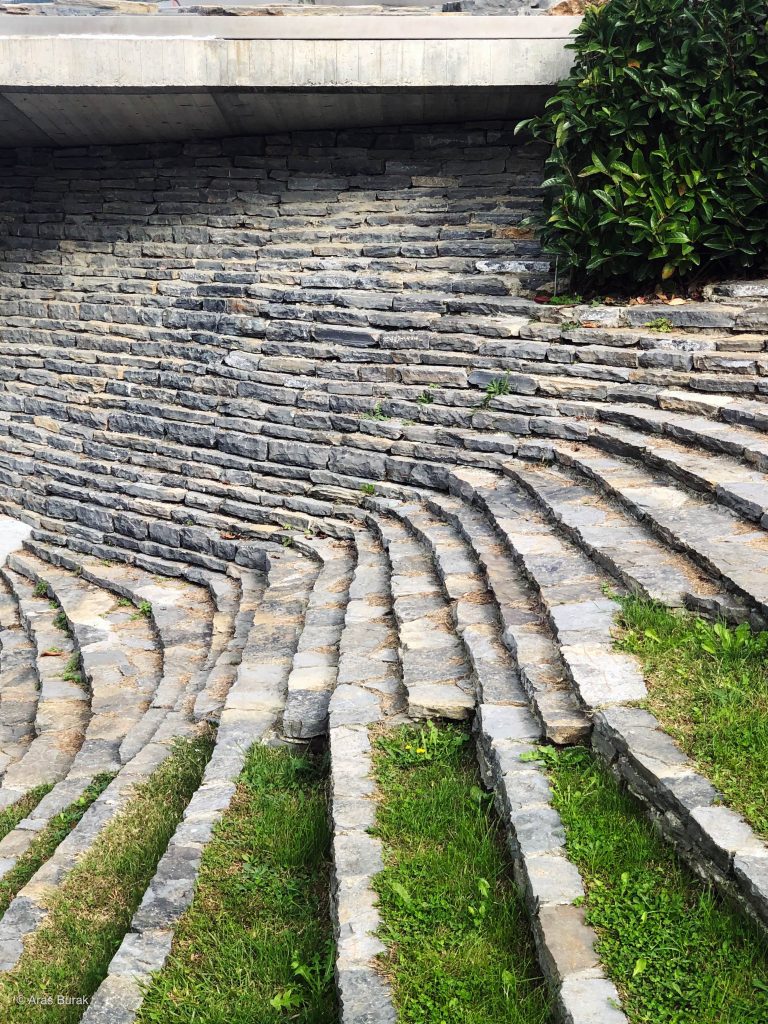
Landscape taking visitors down to the mosque level -

Axis that connects different entrances -
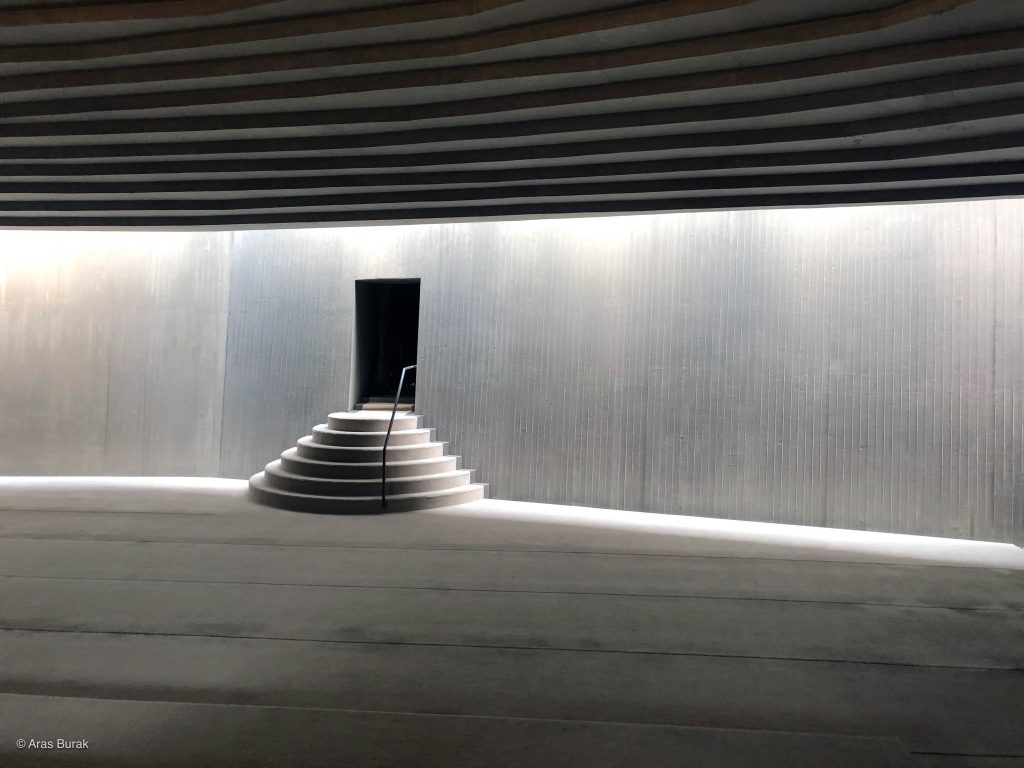
Interior of the mosque -
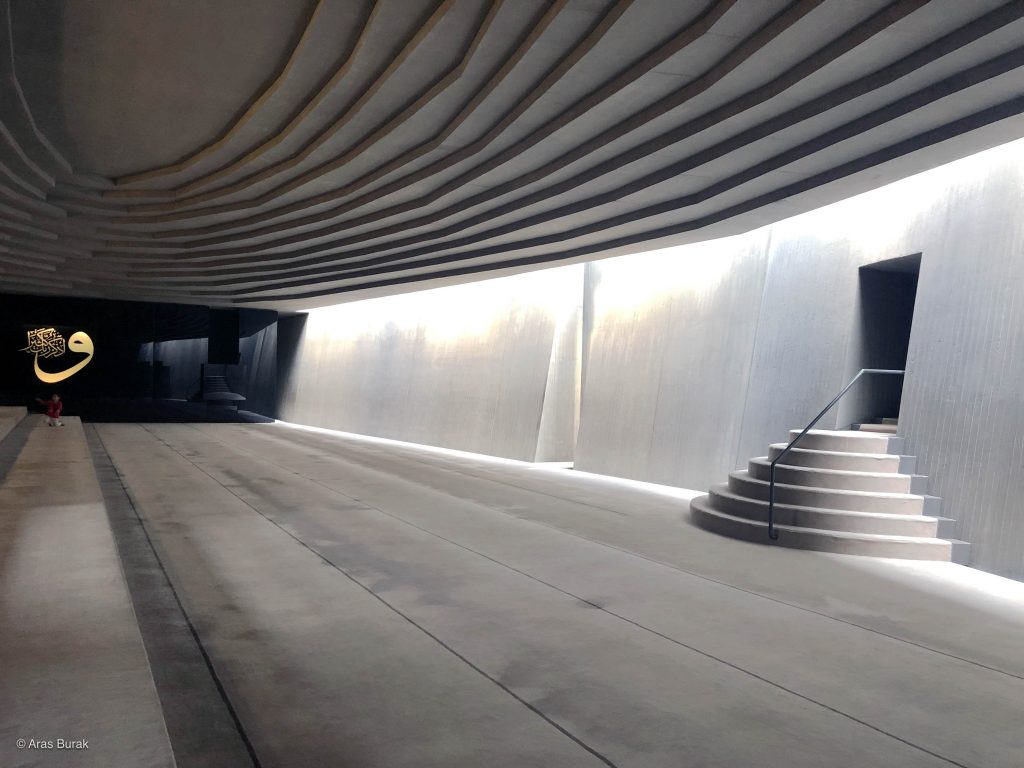
Interior of the Mosque -
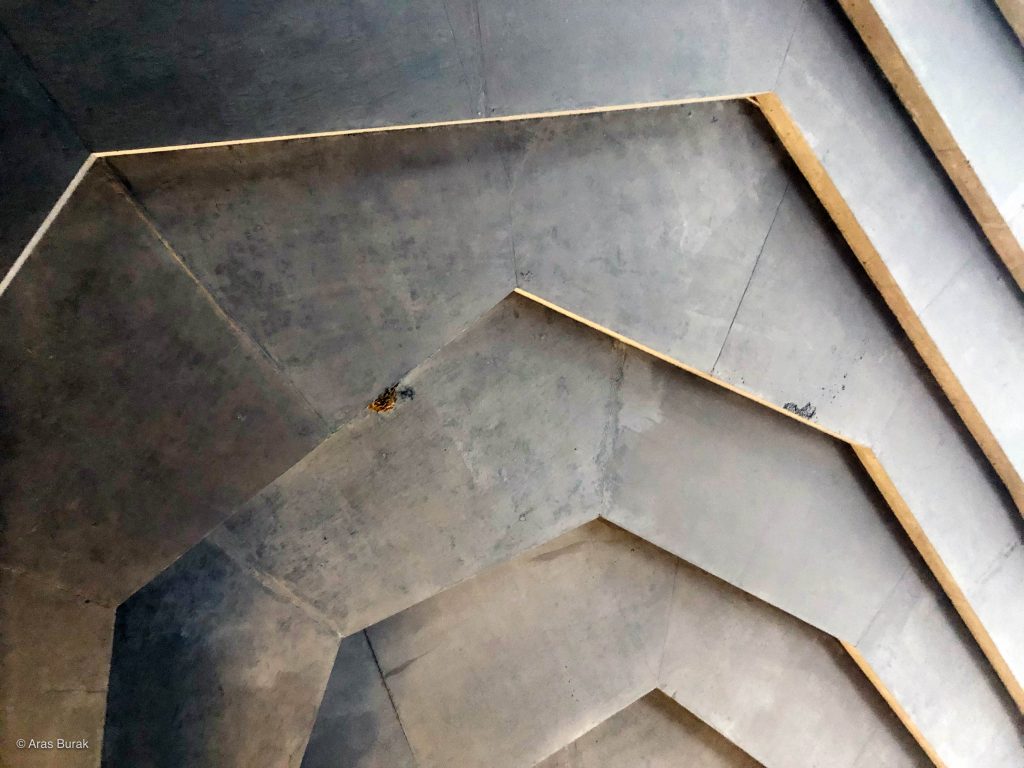
Ceiling with a bird nest -
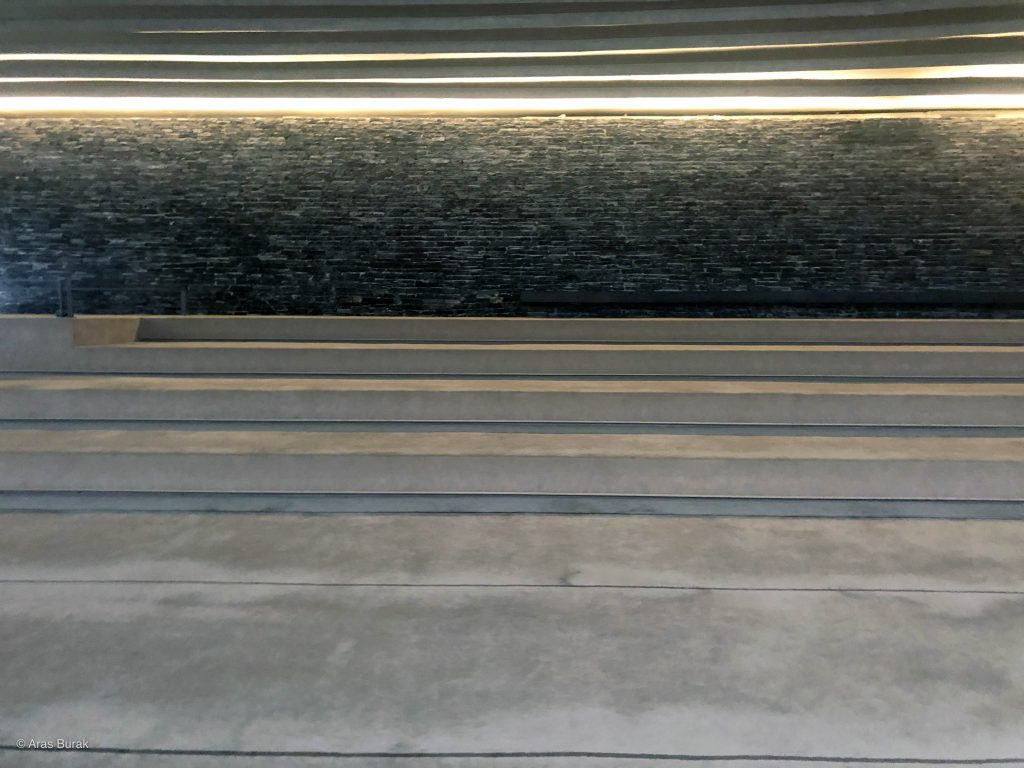
Looking opposite direction from the praying direction -

Transitional spaces -
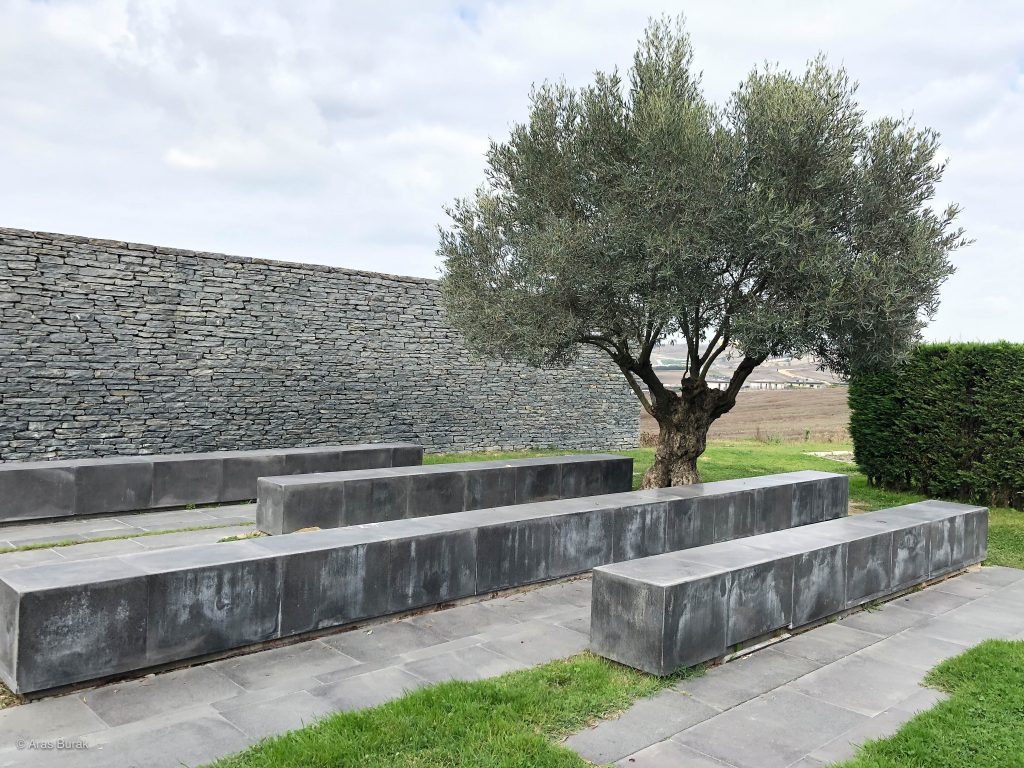
Landscape -

The Axis -
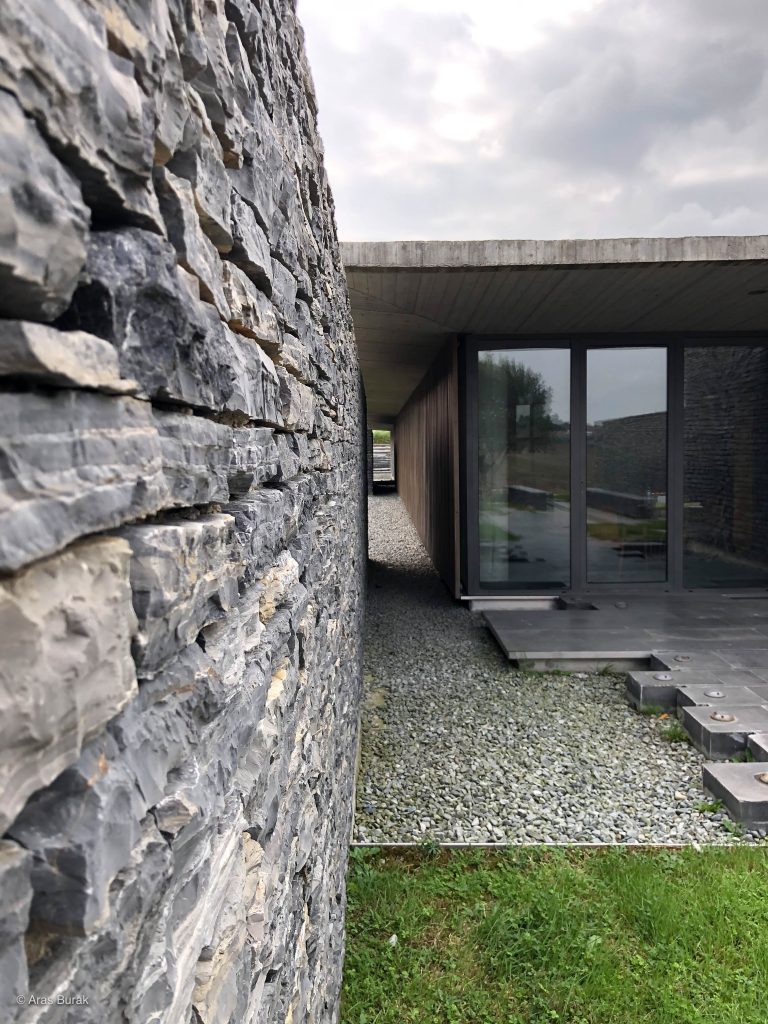
Wall detail -
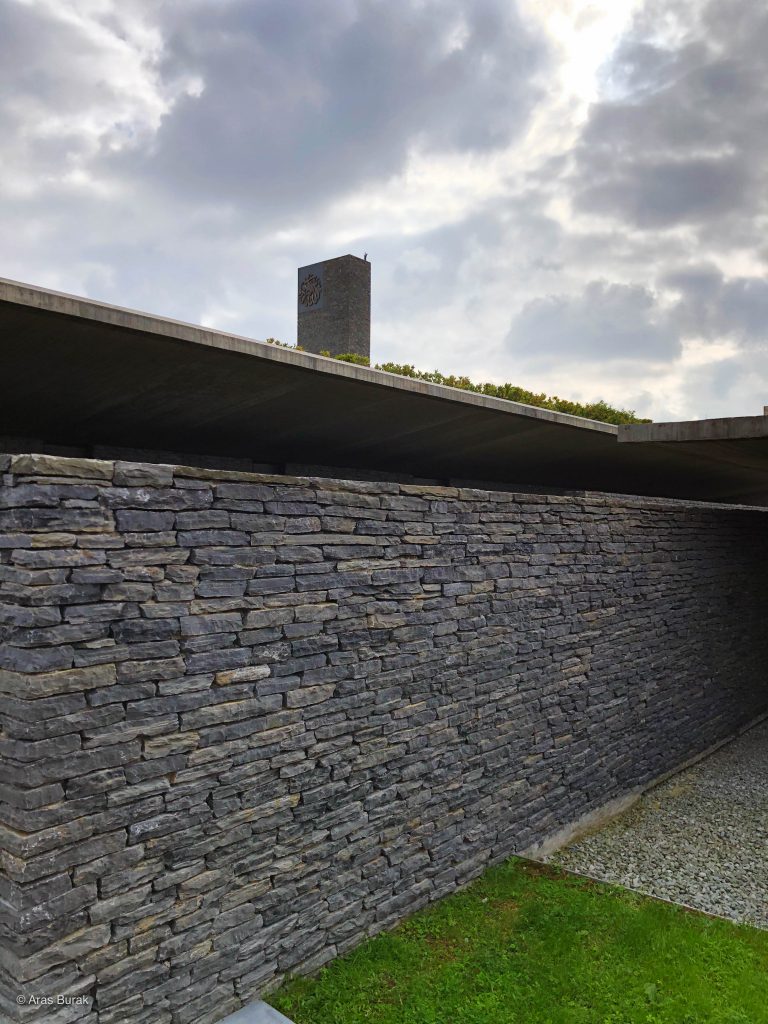
From lower level looking up -
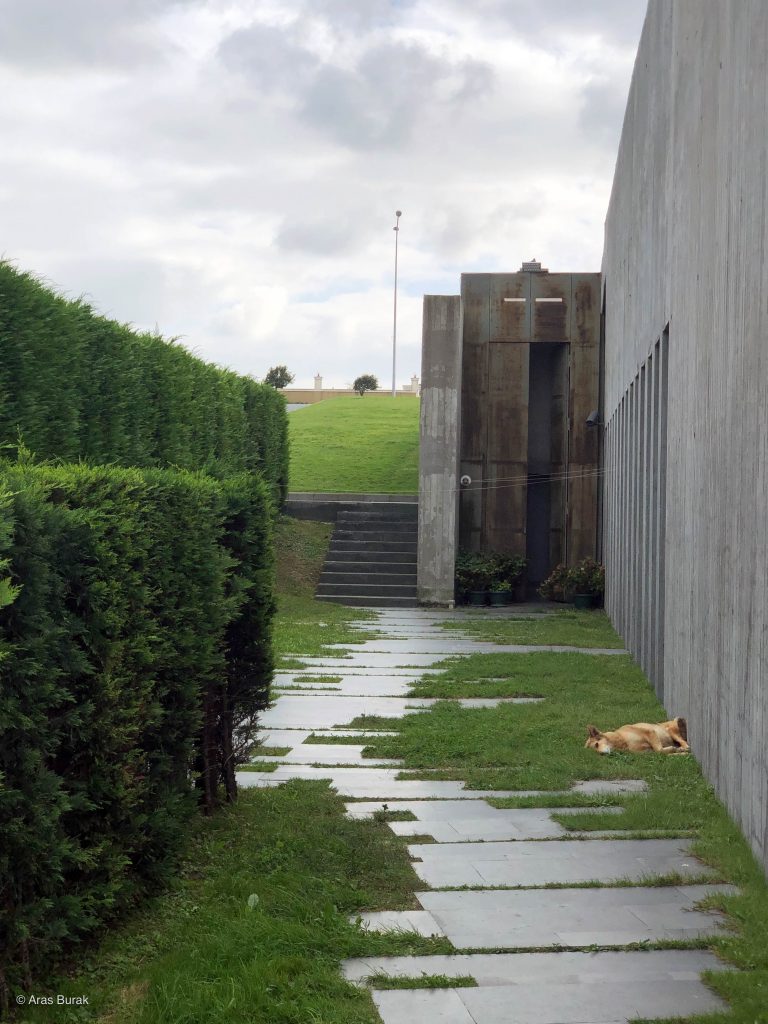
A dog resting -
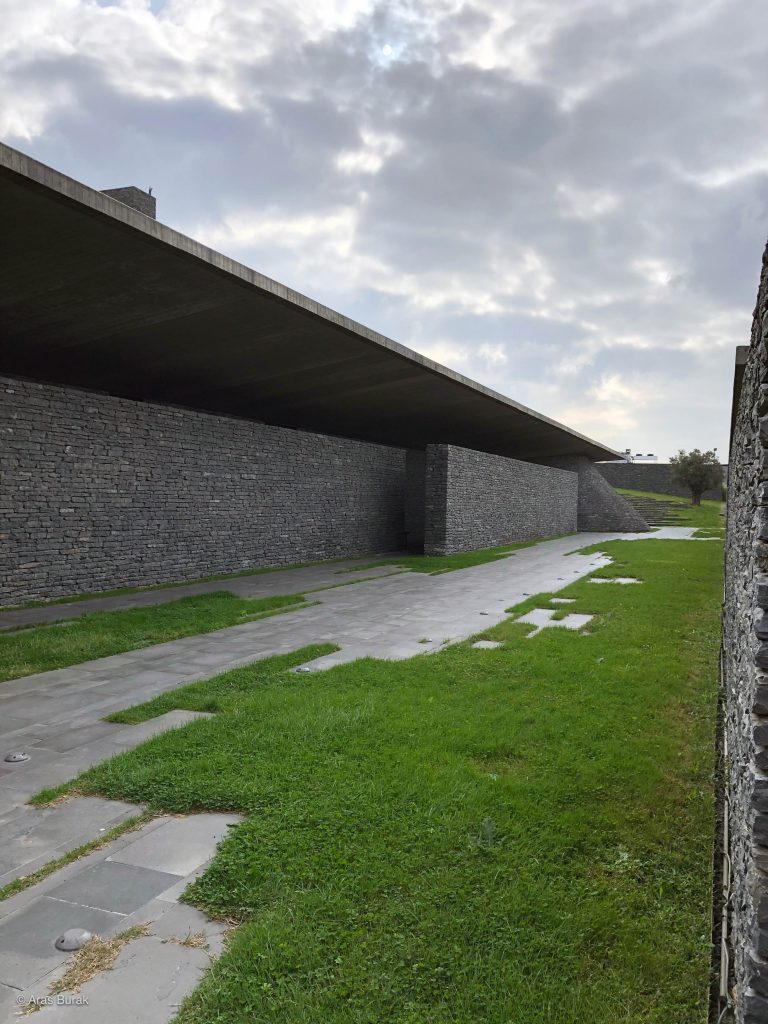
The Axis -

End of the axis -
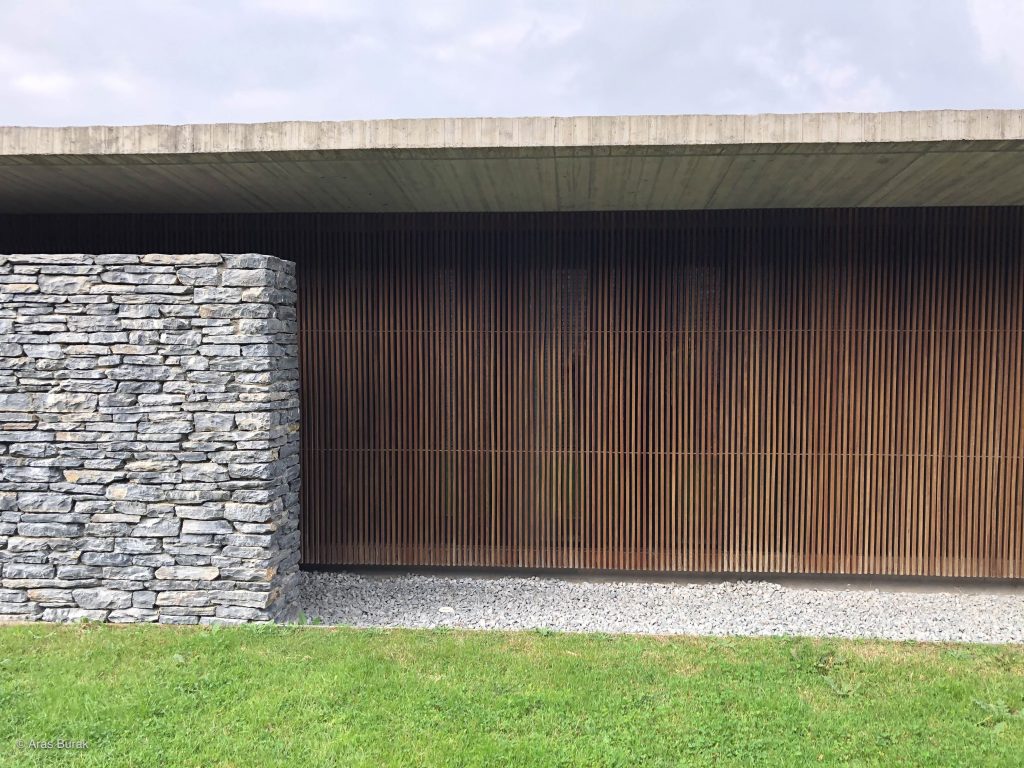
Second type of wall -
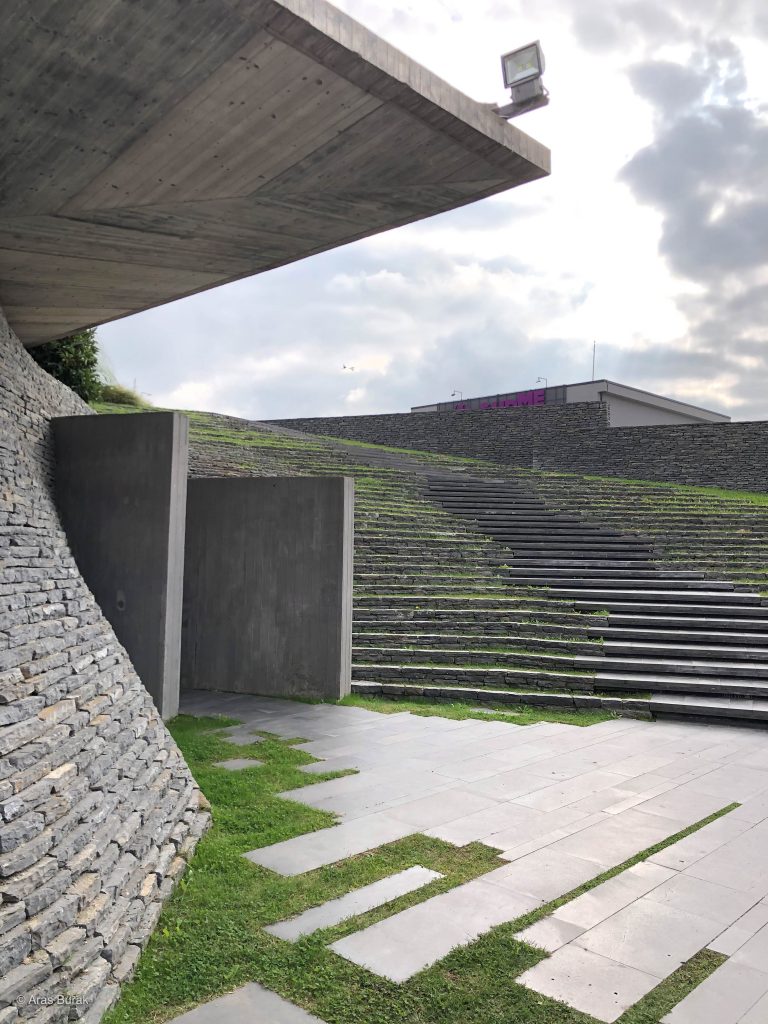
Landscape up ahead -

Sancaklar Mosque by Emre Arolat -
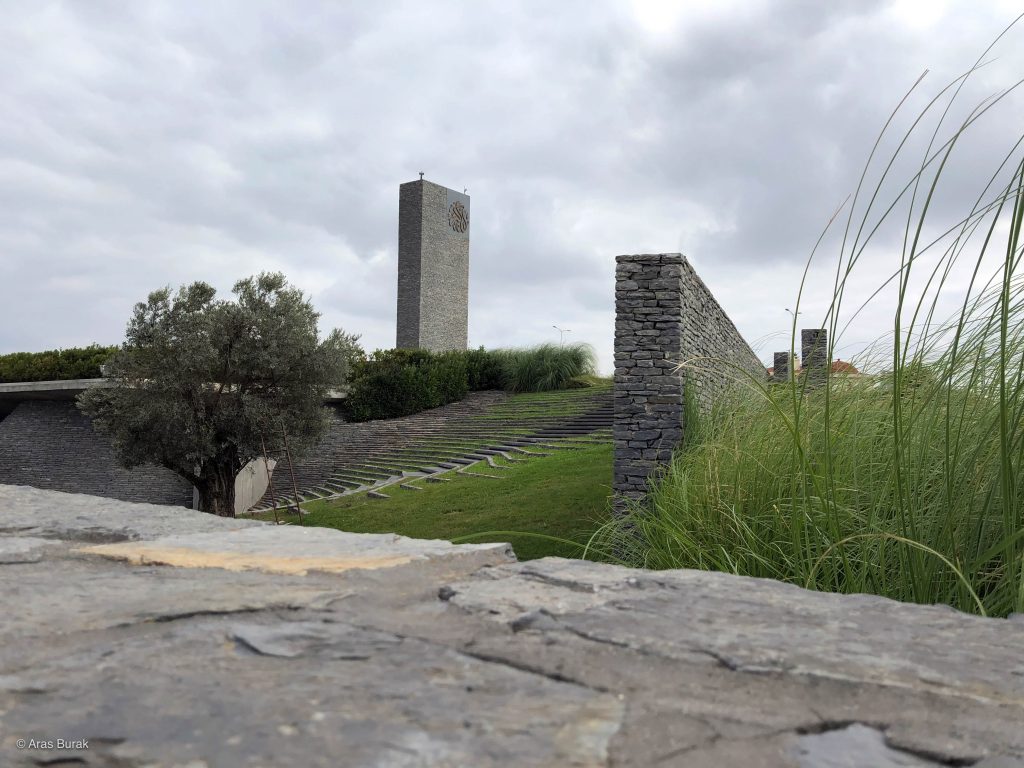
From the edge of the project -
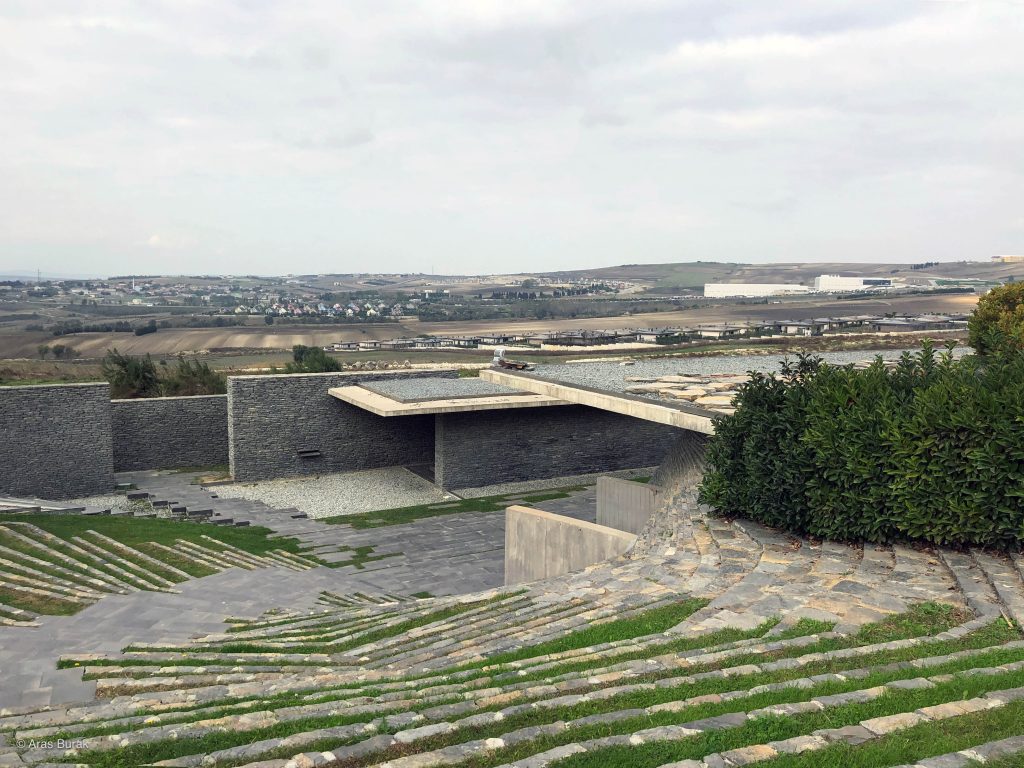
Looking down on arrival -
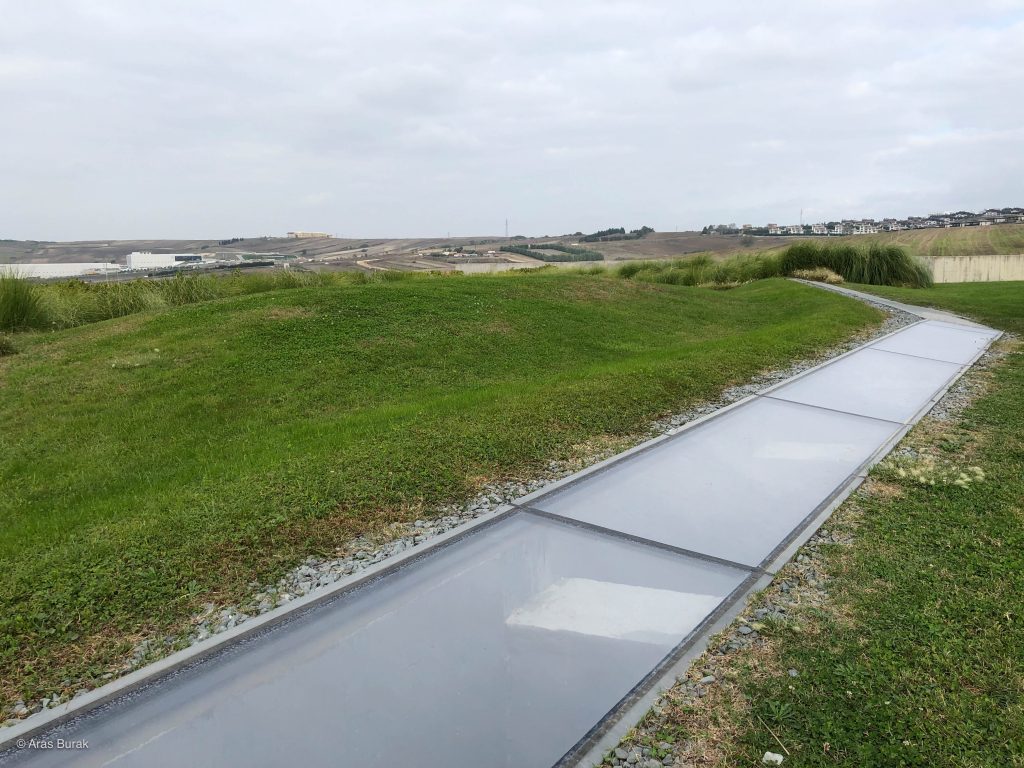
The skylight from outside -
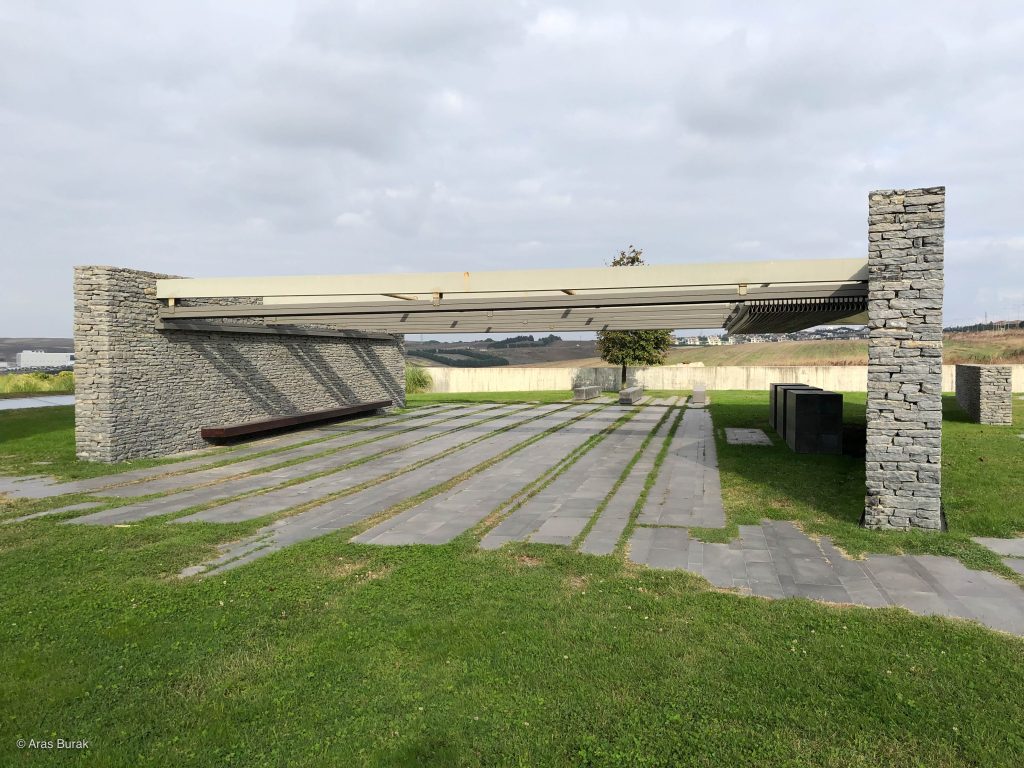
Outdoor space allocated for funerals

